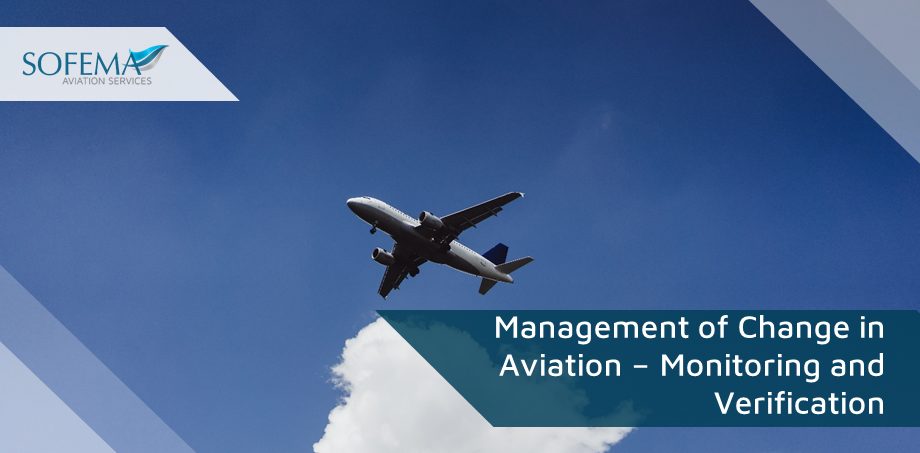Sofema Aviation Services (SAS) www.sassofia.com looks at the best practices and challenges we face as part of the Aviation SMS Management of Change Process. To minimize resistance, confusion, and potential disruptions that may arise during the change process.
Introduction
When it comes to aviation management of change, developing change monitoring and verification processes is crucial to ensure the effective implementation of changes while mitigating risks.
The aviation industry is highly regulated, and any changes must comply with relevant regulations and standards. Effective monitoring and verification of any changes while ensuring regulatory compliance will require a high level of competence.
Effective communication is essential when implementing changes in aviation. Essentially, we need to ensure that all stakeholders, including employees, management, and regulators, are well-informed about the change, its purpose, and its impact.
- Engaging stakeholders builds trust, increases their understanding of the change, and creates a sense of ownership, which leads to smoother implementation.
- Regular and transparent communication keeps employees informed about the progress, milestones, and any adjustments required, which reduces resistance and increases acceptance of the change.
- By clearly articulating the benefits and rationale behind the change, employees are more likely to embrace it.
- Timely communication of risks and challenges allows for appropriate adjustments to be made to ensure a successful change process.
Monitoring and Verification Process Key Points
- To enable the exchange of information, lessons learned, and best practices among stakeholders. This promotes a learning culture and ensures that valuable insights and experiences are leveraged for future changes.
- To regularly soliciting feedback, conducting post-implementation reviews, and analyzing the effectiveness of communication strategies
- To identify areas for improvement and refine their processes for future changes.
Concern Areas
- Implementing changes can have cascading effects, making it challenging to monitor and verify the impact across the entire operational ecosystem.
- Limited resources, including personnel and budget, can pose challenges in monitoring and verifying changes effectively.
- Resistance to change from employees or stakeholders can hinder the monitoring and verification processes.
Best Practices:
- Establish a Change Management Framework: Develop a Regulatory Compliant structured change management framework that outlines the entire change process, including monitoring and verification.
- Assign clear roles and responsibilities to individuals or teams responsible for monitoring and verifying changes. This includes defining who will oversee the monitoring process, collect relevant data, and ensure compliance.
- Perform comprehensive risk assessments before implementing any changes.
o Identify potential risks,
o Evaluate their impact, and
o Develop mitigation strategies.
o Continuously monitor and reassess risks throughout the change process.
- Establish robust tracking mechanisms to monitor the progress of changes to track milestones, actions taken, and their impact.
o Documented Process
o Checklists
- Define specific KPIs related to the change objectives and monitor them regularly.
o KPIs should align with safety, operational efficiency, and regulatory compliance.
- Offer training and support to employees involved in monitoring and verification processes.
o ensure they have the necessary knowledge, competence and tools to perform their roles effectively.
Next Steps
Follow this link to our Library to find & Download related documents for Free
Please see the following course available from Sofema Aviation Services : EASA Compliant Safety Management System – Management of Change – 2 days
For questions or comments please email team@saassofia.com
Tags:
level of competence, specific KPIs, Checklists, comprehensive risk assessments, Change Management Framework, future changes, valuable insights, learning culture, exchange of information, communication of risks, stakeholders, implementing changes, Aviation Industry, Effective monitoring, regulations and standards, mitigating risks., verification processes, change monitoring, Effective Communication, Management of Change, benefits, Aviation SMS, Regulatory Compliance





